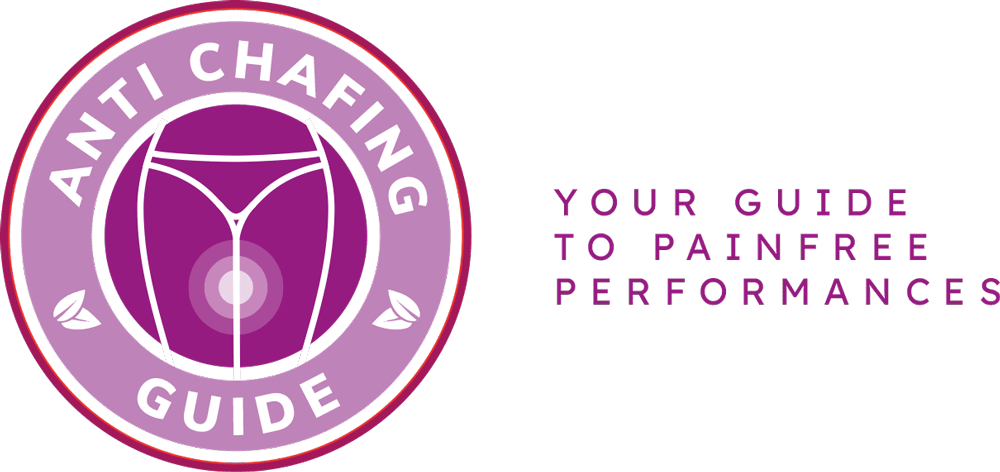Bid farewell to the discomfort and irritation of groin rashes caused by chafing! In this article, an expert dermatologist will share top secrets to combat this common problem. Chafing in the groin area can be a frustrating and painful experience, but with the right knowledge and techniques, you can prevent and treat it effectively.
Learn from a dermatologist who specializes in this area and gain valuable insights into the causes of groin chafing, its symptoms, and why it affects so many individuals. Armed with this understanding, you’ll be better equipped to tackle the issue head-on.
Discover effective strategies and techniques to prevent groin chafing, including proper hygiene practices, choosing the right clothing materials, and exploring lubrication options. By implementing these preventive measures, you can significantly reduce the chances of experiencing chafing in the sensitive groin area.
Don’t let groin rashes hold you back any longer. Take control of your comfort and well-being by following the advice of an expert dermatologist who knows how to combat chafing down there!
Understanding Groin Chafing
Understanding Groin Chafing
Groin chafing is a common problem that many individuals experience, causing discomfort and irritation in the sensitive area between the thighs. It occurs when the skin rubs against itself or clothing, leading to friction and inflammation. The primary cause of groin chafing is excessive moisture and sweat, which can occur during physical activities or in hot and humid environments.
Symptoms of groin chafing include redness, itching, burning sensation, and the formation of painful blisters or sores. It can make simple movements like walking or exercising unbearable, affecting daily activities and overall quality of life.
To prevent groin chafing, it is essential to keep the area clean and dry. Wearing loose-fitting clothing made of breathable fabrics can help reduce friction. Applying a lubricating cream or powder can also provide a protective barrier and reduce friction. It is crucial to choose products that are specifically designed for sensitive skin.
In conclusion, understanding the causes and symptoms of groin chafing is vital for effective prevention and treatment. By following proper hygiene practices, wearing appropriate clothing, and using suitable lubrication, individuals can bid farewell to the discomfort and irritation caused by groin chafing.
Preventing Groin Chafing
Preventing groin chafing is crucial to maintaining comfort and avoiding the irritating and sometimes painful symptoms that come with it. Luckily, there are several effective strategies and techniques you can employ to keep chafing at bay.
First and foremost, proper hygiene plays a key role in preventing groin chafing. Make sure to wash the affected area regularly with a gentle cleanser and pat it dry thoroughly. Keeping the area clean and dry helps reduce friction and moisture, which are common triggers for chafing.
Clothing choices also play a significant role in preventing groin chafing. Opt for loose-fitting, breathable fabrics that allow air circulation and minimize friction. Avoid tight underwear or pants that can rub against the skin and exacerbate chafing. Additionally, consider wearing moisture-wicking fabrics that help keep the area dry and reduce the chances of chafing.
Lubrication options can provide an extra layer of protection against chafing. Applying a thin layer of petroleum jelly or a specialized anti-chafing product to the affected area can help reduce friction and soothe the skin. These lubricants create a barrier that minimizes the chances of chafing and provides relief if chafing has already occurred.
By following these effective strategies and techniques, you can significantly reduce the risk of groin chafing and enjoy a comfortable and irritation-free experience. Remember to prioritize proper hygiene, choose the right clothing, and consider using lubrication options to keep chafing at bay. Your skin will thank you!
Frequently Asked Questions
- Q: What is groin chafing?
- Q: What are the symptoms of groin chafing?
- Q: What causes groin chafing?
- Q: How can I prevent groin chafing?
- Q: Can groin chafing be treated?
- Q: When should I seek medical attention for groin chafing?
A: Groin chafing, also known as chafing down there, is a skin irritation that occurs in the groin area due to friction and moisture. It commonly affects individuals who engage in activities that involve repetitive movements, such as running, cycling, or walking.
A: The symptoms of groin chafing include redness, itching, burning sensation, and the development of a rash in the groin area. In severe cases, it may lead to blisters, swelling, and pain.
A: Groin chafing is primarily caused by friction between the skin in the groin area, sweat, and inadequate moisture control. Tight clothing, improper hygiene, and excessive sweating can exacerbate the problem.
A: To prevent groin chafing, you can take several measures such as wearing loose-fitting clothing made of breathable materials, using lubricants or powders to reduce friction, keeping the area dry and clean, and avoiding prolonged exposure to moisture.
A: Yes, groin chafing can be treated. It is important to keep the affected area clean and dry. Applying a soothing ointment or cream can help alleviate the symptoms. In severe cases, a dermatologist may prescribe medication or recommend specific treatments.
A: If the symptoms of groin chafing persist or worsen despite self-care measures, it is advisable to consult a dermatologist. Additionally, if you notice signs of infection such as pus, increased pain, or fever, seek medical attention promptly.


Keith is originally from Truckton, Colorado. The 54-year-old cared for his overweight wife for many years. Keitch is also a freelance editor at antichafing.net and supports the team as a competent advisor. In his spare time Keith enjoys reading books, visiting his homeland and is a passionate product tester for well-known manufacturers.

